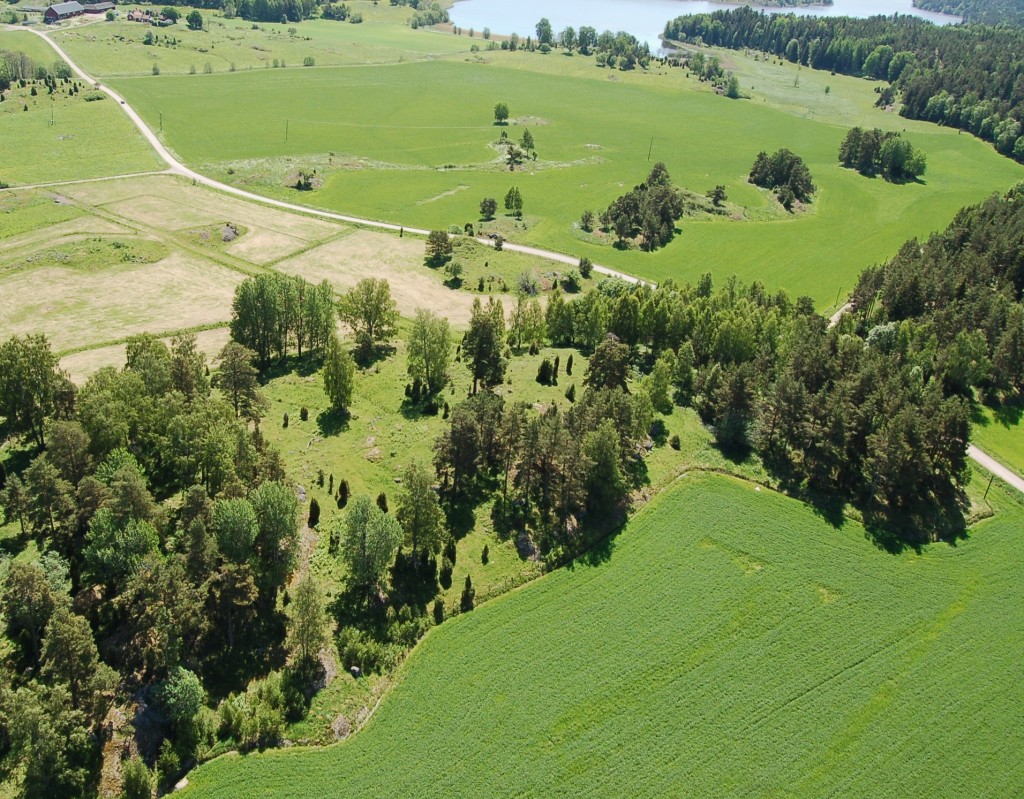Anna Traveset and Carlos Lara-Romero talk us through the effect of green infrastructure on the restoration of pollination networks and plant performance in semi-natural dry grasslands across Europe. Alongside colleagues, Traveset and Lara-Romero suggest that enhancing ecosystem functions while avoiding biotic homogenisation is a necessity.
Introduction and objectives
In Europe, semi-natural grasslands are living treasures, nurtured by traditional pastoralism that has maintained their unique biodiversity. However, these landscapes face threats such as agricultural intensification, afforestation, and farming abandonment, leading to biodiversity loss.
Given the current global biodiversity crisis, there’s a pressing need to restore these valuable grasslands using non-invasive methods like managed grazing. A crucial question arises:
“How can we ensure successful restoration?”
Simply controlling woody species with livestock and reintroducing typical grassland plants isn’t enough; we also need to ensure the return of pollinating insects. These insects play a vital role in plant reproduction, and without their presence, restoration may fail.

Our study, conducted within the FUNgreen project, evaluated the effect of grassland restoration by livestock on plant-pollinator interactions and on the reproductive performance of insect-pollinated plants, considering landscape connectivity through green infrastructure (ecological connectivity network formed by natural and semi-natural spaces connected to each other).
Methodology
24 old and restored grasslands from Sweden, Germany, and Belgium, representing European geographical diversity, were selected. Ancient grasslands have been grazed for centuries, while restored ones were recently restored by livestock, such as sheep or cattle, and clearing of successional scrub and trees.
Plant-pollinator interactions were sampled using transect walk method, systematically observing and recording pollinator activity. Network analysis techniques were employed to assess restoration efficiency, providing a holistic view of plant-pollinator interactions. Over 3300 interactions were recorded across 95 plant species and 279 pollinator species.
Main results
Our findings reveal that the reproductive success of plant species was comparable between ancient and newly restored grasslands. Both types of grasslands had similar levels of pollinator diversity.
However, restored grasslands had more specialized pollinator communities, indicating that while livestock restoration can restore pollination services, these restored ecosystems may be less resilient that their ancient counterparts.

Furthermore, the presence of green infrastructure significantly influenced both pollination services and species composition, with reduced green infrastructure correlating with simpler and less robust pollination networks.
Implications for ecological restoration
Our study not only highlights the importance of considering the landscape context in restoration efforts as it influences plant-pollinator interactions and the overall robustness of the network, but also highlights the effectiveness of grazing-based restoration in restoring pollination services.
It’s crucial for restoration programmes to integrate landscape context to promote resilient pollination networks, and our results suggest that grazing-based restoration can significantly contribute to this goal.
However, it’s important that future studies assess how to avoid increasing specialisation within restored grasslands, as this could potentially reduce the resilience of the restored plant and pollinator community. These findings extend beyond European grasslands and provide valuable guidance for the conservation and restoration of similar ecosystems worldwide. By integrating grazing-based restoration strategies with landscape considerations, we can enhance biodiversity and ecosystem resilience on a broader scale.
Read the full article “Effect of green infrastructure on restoration of pollination networks and plant performance in semi-natural dry grasslands across Europe” in Journal of Applied Ecology.
